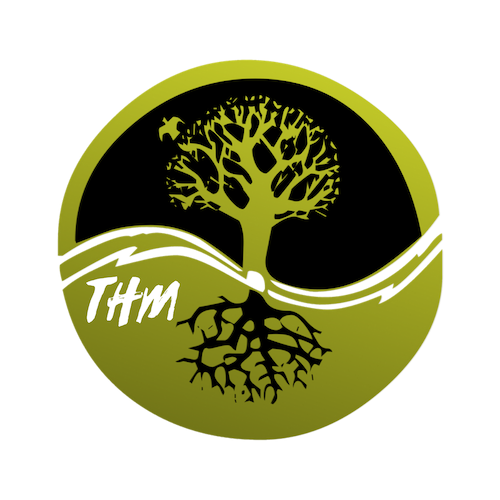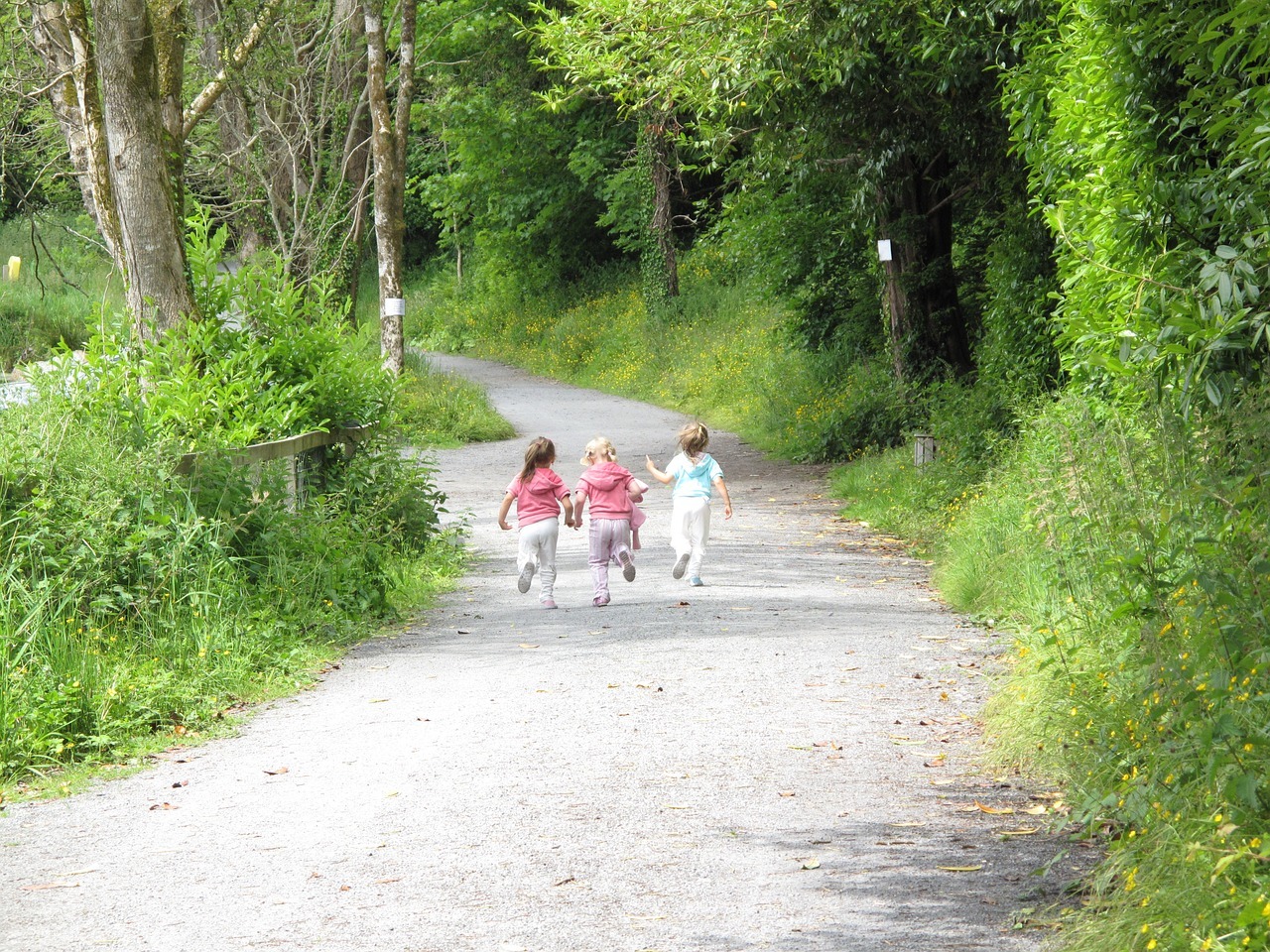

Connecting kids and nature is becoming increasingly difficult. If you’re reading this post, you probably already know that. It’s a simple fact that given our advances in technology, it’s likely we’ll only continue to fight this battle over the coming years.
In 2005, Richard Louv wrote a ground-breaking book entitled, Last Child in the Woods, which introduced what he referred to as “Nature Deficit Disorder.” The book addressed the decreased exposure of children to nature, and how this new disorder is affecting society and the future of our offspring. It was the modern beginning of a revolution to challenge the status quo and get back to nature.
Please note, this post contains affiliate links. If you click through and make a purchase, I receive a small commission. This doesn’t cost you anything, but it makes me happy…so happy that I might even go out and hug a tree! Thanks for your support! Read my Disclaimer for additional information.



A Short History of the Children in Nature Movement
Nature Deficit Disorder has been spreading across the globe since we first began urbanizing our spaces (thus spending more time inside) and turned to agriculture to produce and harvest food more efficiently. However, the past three to four decades have seen a consistent increase in the disconnect Louv speaks of in his book. As technology has improved, our need to rely on nature for entertainment, education, or our well-being has decreased dramatically.
This isn’t just happening in the United States. Governments around the world have proposed special programs with the goal of connecting kids and nature once again, and thus reversing the effects of Nature Deficit Disorder. The “Children in Nature” movement has been gaining steam since Louv first published his book in 2005. Louv is a co-founder of the Children in Nature Network, a U.S.-based organization devoted to “leading a global movement to increase equitable access to nature so that children–and natural places–can thrive.”
The UK’s National Trust website has a wealth of knowledge on their “Children and Nature” page as well that encourages families to get outside and play with their kids, focusing on the health benefits of such activities. New South Wales (Australia) Government’s Education website stresses the importance of encouraging schools to provide opportunities “where kids can just play and be kids.” According to the site, spending time outdoors helps kids increase self-esteem, improve social skills, and enhance academic performance.

How Nature Disconnect Affects Children
We hear stories about new disorders arising each year that result from our overuse of electronic devices such as cell phones, tablets, and computers. Children today who spend a significant amount of time staring at a computer screen experience eyesight problems their ancestors never did. Children whose tablets or cell phones never leave their hands are now being diagnosed with “smartphone thumb,” a condition that doctors used to see primarily in factory workers.
Nature Deficit Disorder is very real and affects children in many different ways. As a former park naturalist, one of the most common things I noticed when I presented nature programs to visiting school groups was just how out-of-touch with the natural world kids have become. I frequently watched in morbid fascination as children jumped and squealed at the sight of a bee landing on a nearby flower, not realizing how unlikely it was the insect even knew they were there.
When it comes to kids connecting with nature, studies have shown that children who don’t play outside regularly have a greater risk of developing various health issues as they age. Comparing the overall health of children who play outside with those who don’t results in some very concerning trends. A sedentary lifestyle has been linked to increased obesity, diabetes, and attention deficit/hyperactivity disorder.
Another growing problem we’re facing today is allergies. Think about how much more prevalent allergies are for our children than they were for our ancestors. We don’t know for sure why food (and other) allergies have been on the rise over the past 20-30 years, but some scientists suggest a possible connection to vitamin D deficiency. Your body makes vitamin D in response to sun exposure, so you’re more likely to experience this deficiency if you don’t spend time outdoors.

Connecting Kids and Nature: How We Can Fight Nature Deficit Disorder
Although this information is disturbing (and yes, as I said in the first paragraph, we’ll likely continue this fight as time passes and technology advances even more), it can be reversible, at least at the local level. Below are several simple, easy ideas for connecting our children to nature – or just encouraging them to get outside and play:
One hour of outdoor play for one hour of computer time.
Yard work for $$.
Buy and install a small pool – it’s inexpensive and encourages your kids to get some sun (just make sure they don’t get too much).
Surprise Saturday Field Trip! Go somewhere fun with an outdoor element. Even something as simple as going to their favorite restaurant but sitting outside to eat counts as being outdoors. Sometimes you have to start with baby steps.
Find a local trail and take a bike ride or walk together.
Scavenger hunt in your backyard! Younger kids really like this…just make a list of natural items and set them loose (or sign up for my mailing list and get 3 free, digital nature scavenger hunts)!
Have a bucket of sidewalk chalk ready and waiting for when your child says they’re bored. Instant outdoor activity!
Go on a bug hunt. Check out the fun bug container below from Amazon. This is a great way to teach your kids that insects are not scary.
Let your child choose and plant flowers or herbs in their own container. Herbs are great because kids can harvest and dry them as well. Teach your child to care for the plants properly.
Bring back tree houses and forts! Get out there and build a tree house, even if it’s not in a tree. As long as it’s outside, it counts!
Let your children know it’s OK to get messy. Stifle your normal reaction when they come inside covered in mud and remind yourself they need the time outside, even if it means doing a little extra laundry.
These simple ideas can make a world of difference when it comes to connecting kids and nature. We may have to start with baby steps, but even if that’s as far as we get, we’ll still produce some great memories of family time, as well as outdoor time. If we’re consistent and determined, we can make real strides in our goal of reducing Nature Deficit Disorder in our children. There’s no reason for us to lose this battle; we have all the resources we need to succeed right outside our door.
How to Use TreeHugginMom to Make Those Connections
For more ways to share nature with your kids, please have a look around and explore the various topics on my website. TreeHugginMom.com offers tons of awesome resources that are fun for all ages. You can learn about everything from hummingbirds to carnivorous plants to stars and beyond! Many of my articles include craft or science projects your children will enjoy as well.
All of these resources are free for your use, but if you’d like a more structured set of activities that will keep even the most “tech-savvy” child interested, check out the Tree Huggin' Tribe. I offer custom-designed lessons geared towards elementary-aged children that can be printed or imported into GoodNotes or Notability, two PDF reader apps available on the App Store and Google Play. These lessons will help your child experience nature in a way that corresponds with their preferred learning style, whether that’s the “old school” way (i.e. paper and markers) or the “new school” way (with a tablet).
Whichever way you choose, the goal is simple. We need to do everything we can to encourage children to spend more time in nature. We can’t fight technology. It will continue to advance day by day, and our children will advance with it no matter what we do. Instead of fighting it, let’s use technology to expand their knowledge of the world around them. Hey, if it’s a tablet that succeeds in connecting kids and nature once again, I think it’s worth it. How about you?

Related Articles
If you enjoyed this article, you may wish to read these as well!

Modern Nature Journaling
When I was a park naturalist, nature journaling was seriously old-school. We used paper and pencils in those days, and a nature journal was exactly that…a journal that described your experiences in nature through art, poetry, and observation. Unfortunately today, nature journaling is not quite as popular with the younger crowd...

Nature at Night
Years ago when I was a park naturalist, one of my favorite programs to lead was a guided night hike. I would take families out on a short trail that wound its way around a small lake fed by a natural spring. The trail was lined with trees, and the spring pool left the air feeling refreshingly cool, especially on a hot summer night in the Midwest...

Nature Scavenger Hunts
Nature scavenger hunts are one of the easiest ways to encourage your kids to play outside. As you probably know, scavenger hunts work just about anywhere. I’ve seen indoor hunts, grocery shopping hunts and even superhero hunts, but my favorite is the backyard scavenger hunt...


